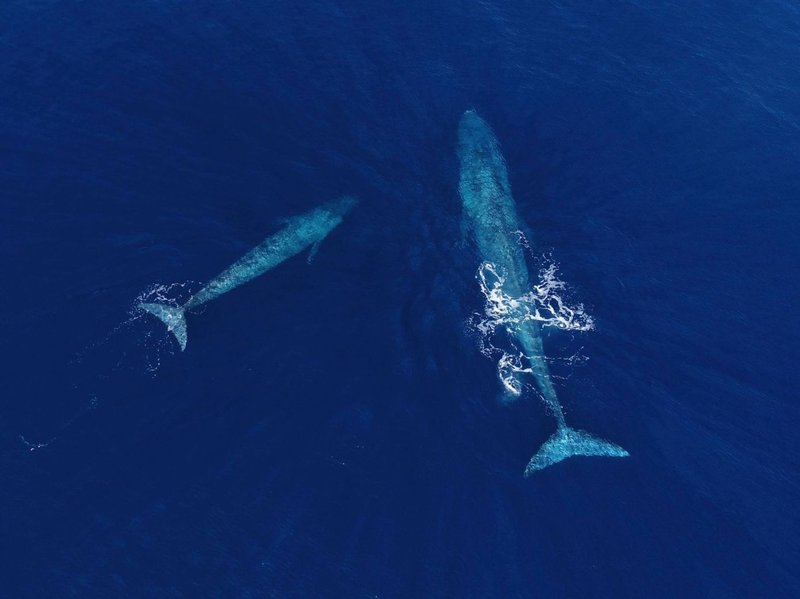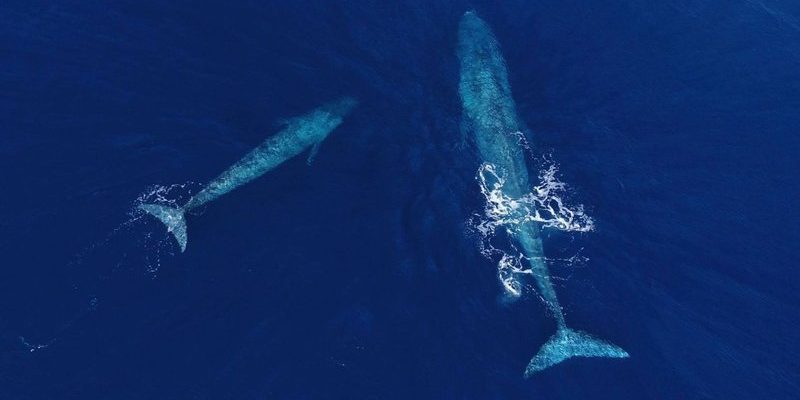
Honestly, they are. Despite the awe they inspire, blue whales face significant threats due to human activities. Think of them as the canaries in the coal mine for our oceans; their decline warns us about larger issues affecting marine life. In this article, we’ll dive deep into the current status of blue whales, their conservation, and what steps we can take to help protect these magnificent creatures.
Understanding Blue Whales and Their Habitat
Let’s start with some basics. Blue whales are found in oceans all around the globe, except for the Arctic. They typically prefer deep waters, often far from coastal regions, where they can feed on small shrimp-like creatures called krill. Just imagine them swimming gracefully, filtering gallons of water to catch their food—it’s like nature’s own filter system!
These whales contribute to the marine ecosystem in several ways. For example, their waste acts as a fertilizer for phytoplankton, which helps sustain ocean life. So, when we talk about conserving blue whales, we’re really looking at the health of the entire ocean ecosystem. Keeping these giants safe means ensuring a vibrant ocean for all marine species, including us humans who rely on the ocean for food and livelihood.
The Current Status of Blue Whale Populations
You might be wondering just how endangered blue whales are. According to the International Union for Conservation of Nature (IUCN), blue whales are classified as endangered. This means they face a high risk of extinction in the wild. The global population is estimated to be around 10,000 to 25,000 individuals, which sounds like a lot, but it’s a fraction of what it used to be before commercial whaling began in the 1800s.
Commercial whaling decimated blue whale populations, with some estimates suggesting that over 300,000 blue whales were killed in the 20th century. Even now, their numbers haven’t fully recovered. Their slow reproduction rates—giving birth to one calf every two to three years—make it challenging for populations to bounce back.
Major Threats to Blue Whales
What’s putting blue whales at risk? Let’s break down the main threats they face:
- Ship Strikes: As ship traffic increases, so does the risk of collisions. Blue whales sometimes surface in busy shipping lanes, leading to tragic accidents.
- Climate Change: Changes in ocean temperatures and currents affect krill populations, which directly impacts the food availability for blue whales.
- Noise Pollution: Underwater noise from ships, sonar, and industrial activities can disrupt blue whale communication and navigation, making it harder for them to find food and mates.
- Fishing Gear Entanglement: Blue whales can become entangled in fishing nets or lines, leading to injury or death. This is a huge concern as more gear is used in the oceans.
By addressing these threats, we can make significant strides in protecting blue whale populations.
Conservation Efforts for Blue Whales
Fortunately, there are dedicated efforts to conserve blue whales. Organizations like the Whale and Dolphin Conservation and NOAA Fisheries are working tirelessly to protect these majestic creatures. One practical step is establishing marine protected areas where blue whales can feed and breed without human interference.
Another important initiative is reducing ship speeds in high-traffic areas. Slower vessels are less likely to cause fatal collisions. Plus, reducing noise pollution through regulations can help restore a more peaceful underwater environment for blue whales.
Public awareness is also key. When people understand the challenges these whales face, they’re more likely to support conservation initiatives. Education programs in schools and community events can spark interest and encourage individuals to take action.
What You Can Do to Help Blue Whales
You might be thinking, “What can I do to help blue whales?” Here are some practical ways you can make a difference:
- Support Marine Conservation Organizations: Donating to or volunteering with organizations focused on marine life can have a direct impact.
- Spread the Word: Share information about blue whales with friends and family. The more people know, the more awareness we build.
- Choose Sustainable Seafood: Opt for seafood that’s sustainably sourced to reduce the impact on marine ecosystems.
- Reduce Plastic Use: Plastics can end up in the ocean and harm marine life, including whales. Minimizing single-use plastics is a simple yet effective step.
Every little action counts, and collectively, we can make a big difference for blue whales and their habitats.
Looking Forward: Future of Blue Whale Conservation
As we look ahead, the future of blue whales isn’t set in stone. Ongoing research and monitoring are crucial for understanding blue whale populations and their behaviors. New technologies, like satellite tracking, provide valuable insights into their migration patterns and can help identify critical habitats that need protection.
Legislation also plays a vital role. Policies like the Marine Mammal Protection Act in the U.S. ensure that marine mammals, including blue whales, receive the protection they need. Advocating for stronger regulations and supporting scientific research are essential steps we can take.
Here’s the thing: protecting blue whales isn’t just about saving a single species; it’s about preserving a whole ecosystem and maintaining the balance of our oceans.
In summary, blue whales are indeed endangered, facing numerous threats primarily driven by human activities. However, with concerted conservation efforts and public support, there’s hope for their recovery. By understanding the challenges they face and taking action, we can help ensure that these incredible creatures continue to grace our oceans for generations to come. When we work together, we can turn the tide for blue whales and create a healthier, more sustainable marine environment for all.

